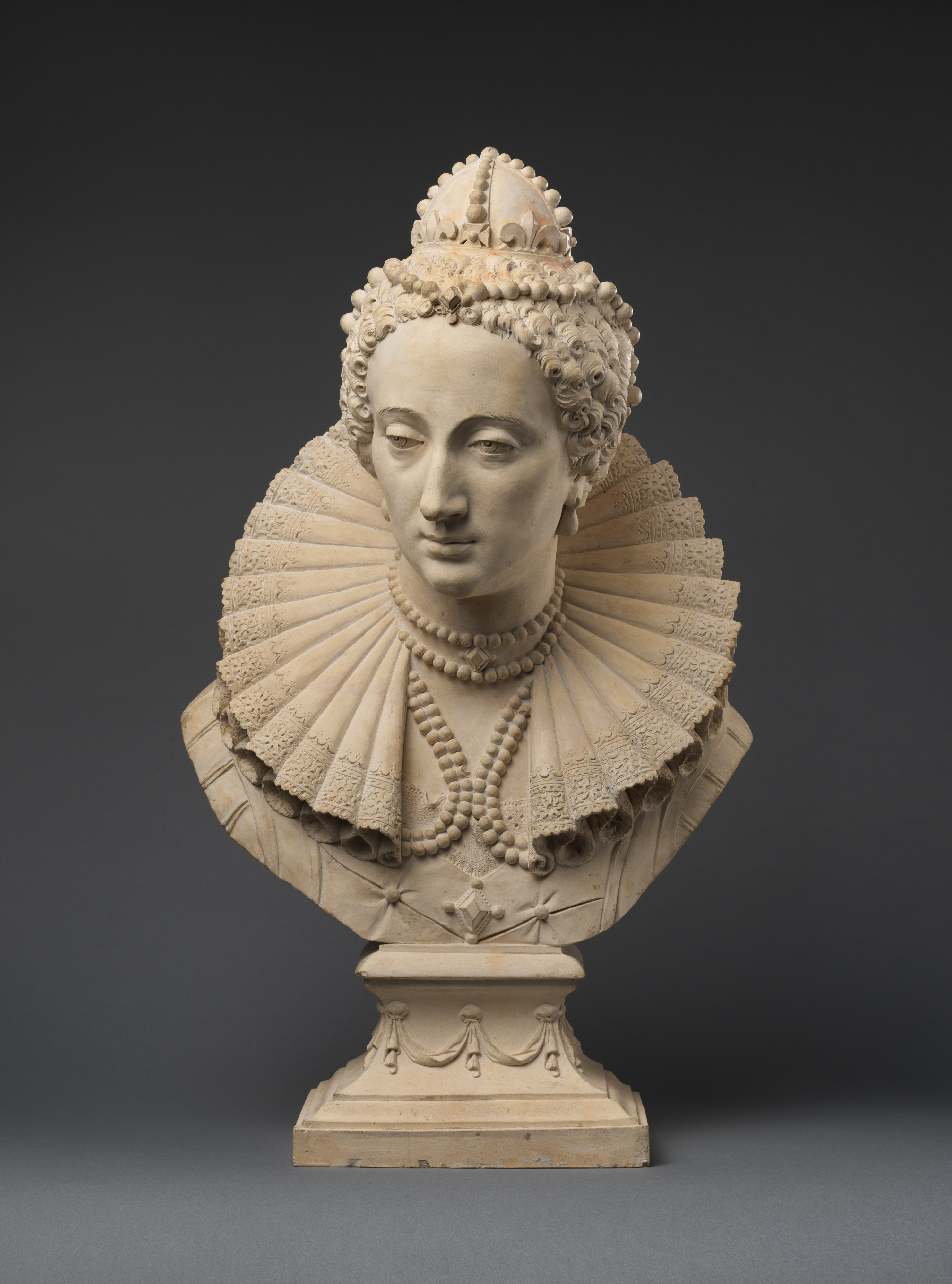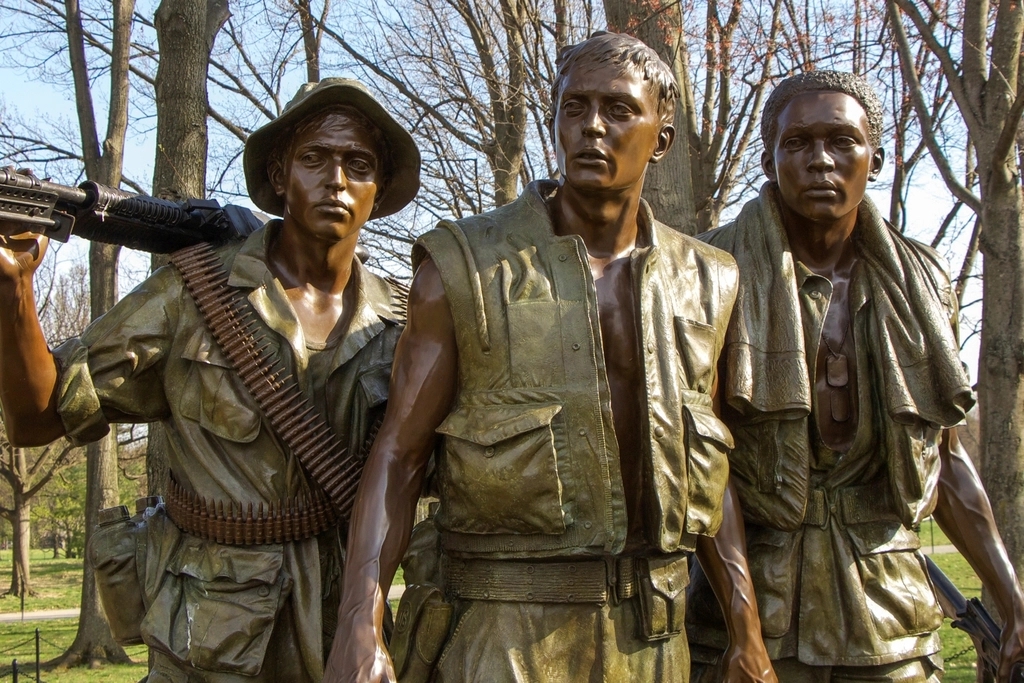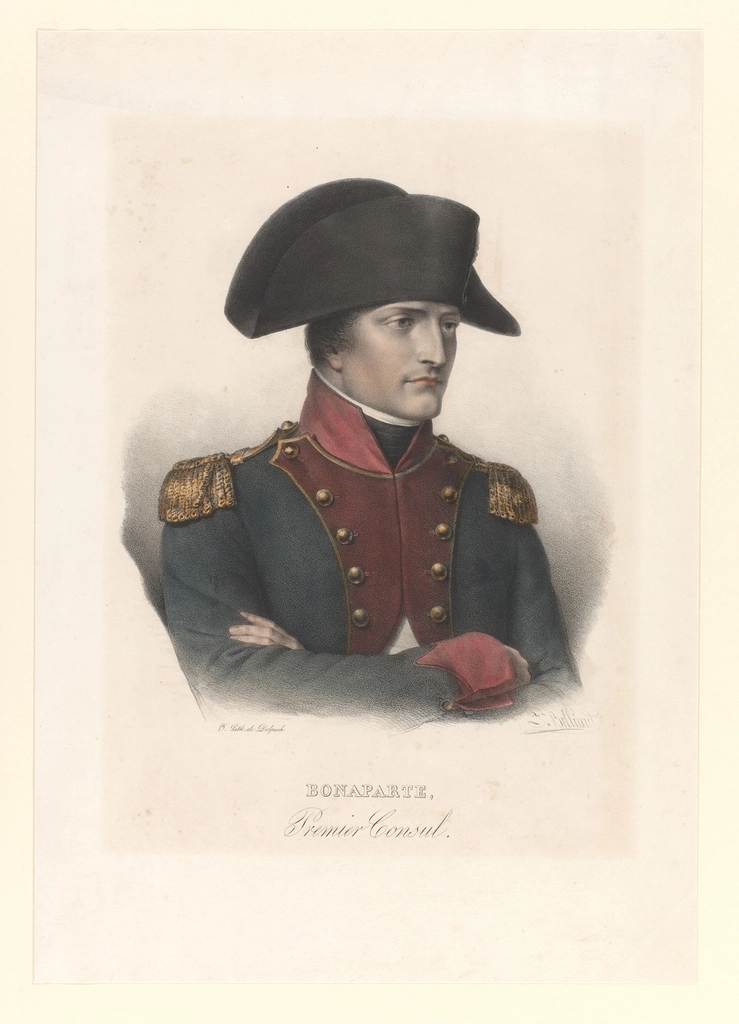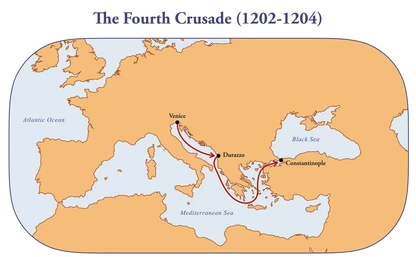- Early Life
- Ascension To The Throne
- Religious Settlement And Elizabethan Policy
- Foreign Policy And The Spanish Armada
- Elizabethan England: Culture And Society
- Legacy
Early Life

Elizabeth I of England, the daughter of King Henry VIII and Anne Boleyn, had a tumultuous early life marked by political and personal challenges. Here’s an overview of her early years:
Birth and Early Childhood (1533-1547): Elizabeth was born at Greenwich Palace on September 7, 1533. Her birth was a significant event in English history as she was the daughter of Henry VIII and his second wife, Anne Boleyn. However, her parents’ marriage was declared invalid, and Anne Boleyn was executed on charges of treason when Elizabeth was just three years old. This event had a profound impact on Elizabeth’s life.
Education and Guardianship: After her mother’s execution, Elizabeth’s life was overshadowed by political turmoil and uncertainty. She received a good education, learning several languages, including Latin, Greek, French, and Italian. She was also well-versed in history, theology, and rhetoric. Elizabeth was placed under the guardianship of various tutors and guardians, including Catherine Parr (Henry VIII’s sixth wife), who played a significant role in her upbringing and education.
Succession Issues: Elizabeth’s position in the line of succession was precarious due to the circumstances surrounding her parents’ marriage and her mother’s downfall. Despite this, Henry VIII restored Elizabeth to the line of succession shortly before his death in 1547.
Reign of Edward VI: Elizabeth’s half-brother, Edward VI, succeeded their father as king. England experienced significant religious changes during his reign, with the Protestant Reformation gaining momentum. Elizabeth navigated these religious tensions carefully, avoiding involvement in the religious conflicts that plagued the era.
Accession of Mary I: After the death of Edward VI in 1553, Elizabeth’s Catholic half-sister, Mary I, ascended the throne. Mary’s reign was marked by a return to Catholicism and the persecution of Protestants. Elizabeth faced suspicion and danger during this time, as her Protestant beliefs made her a target for Mary’s regime. She was even briefly imprisoned in the Tower of London on suspicion of involvement in a plot against Mary.
Elizabeth’s early years were characterised by political intrigue, religious upheaval, and personal challenges. Despite the obstacles she faced, she demonstrated intelligence, resilience, and diplomatic skills, qualities that would serve her well during her long and successful reign as Queen of England.
Ascension To The Throne

Elizabeth’s ascension to the throne of England in 1558 was a pivotal moment in English history. Here’s an overview of how she came to power:
Death of Mary I: Elizabeth’s half-sister, Mary I, died childless on November 17, 1558, after a five-year reign. Mary’s marriage to Philip II of Spain had failed to produce an heir, leaving the throne without a clear successor.
Protestant Succession: Mary’s reign was marked by her fervent Catholicism and the persecution of Protestants, earning her the nickname “Bloody Mary.” As a result, many English subjects, including influential nobles and clergy members, were sympathetic to Protestantism and opposed Mary’s religious policies.
Elizabeth’s Claim: Despite the challenges she faced during Mary’s reign, Elizabeth emerged as the most viable successor to the throne. Many recognised her legitimacy as the daughter of Henry VIII and Anne Boleyn, and she managed to navigate the dangerous political landscape of the time with skill and caution.
Support of Key Figures: Elizabeth enjoyed the support of influential nobles, such as William Cecil (later Lord Burghley), who would become her trusted advisor. Cecil and other key figures in Elizabeth’s court saw her as a unifying figure who could heal the religious divisions that had plagued England during Mary’s reign.
Coronation: On November 17, 1558, just hours after Mary’s death, Elizabeth was proclaimed queen in London. Her coronation took place on January 15, 1559, at Westminster Abbey. Celebrations and optimism marked the event of a new era under Elizabeth’s rule.
Religious Settlement: One of Elizabeth’s first acts as queen was establishing a religious settlement that aimed to moderate the religious divisions in England. The Elizabethan Religious Settlement, implemented through the Acts of Supremacy and Uniformity in 1559, established the Church of England as a blend of Protestant and Catholic elements, with Elizabeth as its Supreme Governor.
Elizabeth’s ascension to the throne marked the beginning of a remarkable reign that would see England emerge as a major European power and witness a flourishing of arts, culture, and exploration. Her reign, known as the Elizabethan era, is often considered one of the most significant periods in English history.
Religious Settlement And Elizabethan Policy

The Religious Settlement and Elizabethan Policy, implemented during the reign of Queen Elizabeth I of England, were crucial in shaping England’s religious landscape and political stability during the Elizabethan era. Here’s an overview:
Elizabethan Religious Settlement: The Elizabethan Religious Settlement, also known as the Elizabethan Compromise, was a series of legislative measures enacted between 1559 and 1563. Its primary aim was to establish a middle way between Catholicism and Protestantism, seeking to achieve religious stability and unity in England after the tumultuous reigns of Henry VIII, Edward VI, and Mary I.
Acts of Supremacy and Uniformity: The Religious Settlement was anchored by two critical acts passed by Parliament in 1559:
- Act of Supremacy: This act reinstated the English monarch as the Supreme Governor of the Church of England, a title first granted to Henry VIII. It required all clergy and government officials to swear allegiance to Elizabeth as the head of the Church.
- Act of Uniformity: This act established the Book of Common Prayer, which provided a standardised liturgy for Anglican worship. It mandated the use of the Book of Common Prayer in all church services, ensuring uniformity of worship across England.
Moderate Protestantism: The Religious Settlement reflected Elizabeth’s moderate religious beliefs and her desire to reconcile the religious factions within England. It allowed for Protestant worship while retaining some traditional Catholic elements in the liturgy and ecclesiastical structure.
Toleration and Enforcement: While the Religious Settlement sought to establish religious unity, it also allowed for a degree of religious toleration. Elizabeth’s government did not actively persecute Catholics or dissenting Protestants to the same extent as her predecessors. However, there were fines and penalties for those who refused to conform to the established Church.
Political Stability: The Religious Settlement was crucial in maintaining political stability during Elizabeth’s reign. By establishing a compromise between Catholics and Protestants, Elizabeth sought to prevent the religious strife and conflicts that had plagued England in the previous reigns. This stability contributed to the consolidation of Elizabeth’s power and strengthened the Tudor monarchy.
Overall, the Religious Settlement and Elizabethan Policy under Queen Elizabeth I represented a pragmatic approach to religious reform, seeking to achieve religious stability and national unity while preserving the monarchy’s authority. It laid the foundation for the development of the Church of England and shaped the religious identity of England for centuries to come.
Foreign Policy And The Spanish Armada

During the reign of Queen Elizabeth I, England’s foreign policy was marked by diplomatic manoeuvring, military intervention, and strategic alliances aimed at protecting English interests and maintaining the country’s independence. One of the most famous episodes in Elizabethan foreign policy was the conflict with Spain, culminating in the failed Spanish Armada. Here’s an overview:
Spanish Threat: under King Philip II’s rule, Spain was the dominant European power of the 16th century. Philip was a staunch Catholic and saw himself as the defender of Catholicism against Protestantism. He also viewed England as a sinful nation and a threat to Catholicism.
Support for Protestantism: Elizabeth I was a Protestant monarch, and her support for the Protestant cause in Europe, as well as her tolerance of Protestant dissenters within England, antagonised Philip II and other Catholic powers.
Support for the Dutch Revolt: England provided covert support to the Dutch Revolt against Spanish rule in the Netherlands. The Dutch rebels, predominantly Protestant, were fighting for independence from Spanish control. English intervention in the conflict angered Philip II and intensified tensions between England and Spain.
Privateering and Naval Warfare: To counter Spanish dominance at sea and disrupt Spanish trade routes, Elizabeth encouraged privateering—privately owned ships authorised by the government to attack enemy vessels. These pirates, such as Sir Francis Drake, conducted raids on Spanish ships and ports, inflicting significant damage on Spanish commerce and naval power.
The Spanish Armada (1588): In 1588, Philip II launched the Spanish Armada—an enormous fleet of warships—to invade England, overthrow Elizabeth, and restore Catholicism. The Spanish Armada set sail for England but encountered storms and was decisively defeated by the English navy in the English Channel. The defeat of the Armada was a significant turning point in European history, marking the decline of Spanish naval power and the rise of England as a maritime and military force.
Aftermath: Following the defeat of the Spanish Armada, England continued to challenge Spanish dominance in Europe and the Americas. The conflict between England and Spain persisted for decades, with sporadic naval battles and military engagements occurring throughout the 16th and 17th centuries.
Overall, Elizabethan foreign policy towards Spain was characterised by military confrontation, strategic alliances, and diplomatic manoeuvring to preserve English independence and promote Protestant interests in Europe. The defeat of the Spanish Armada was a defining moment in Elizabethan history and cemented England’s status as a major European power.
Elizabethan England: Culture And Society

Elizabethan England, during the reign of Queen Elizabeth I (1558–1603), was a period of great cultural and social vibrancy. Here are some key aspects of Elizabethan culture and society:
Arts and Literature: The Elizabethan era is often referred to as the “Golden Age” of English literature. It saw the flourishing of renowned writers such as William Shakespeare, Christopher Marlowe, Ben Jonson, and Edmund Spenser. Shakespeare, in particular, produced many of his greatest plays during this time, including “Hamlet,” “Macbeth,” and “Romeo and Juliet.” The era also witnessed theatre’s popularity, with London’s Globe Theatre becoming a prominent venue for performances.
Music and Entertainment: Music played an important role in Elizabethan society, with both instrumental and vocal music flourishing. Court musicians composed and performed music for the entertainment of the nobility. Dancing was also a popular pastime, with various dances such as galliards, pavanes, and branles being enjoyed by people of all social classes.
Fashion and Dress: Clothing during the Elizabethan era was elaborate and symbolised social status. The wealthy adorned themselves with luxurious fabrics, intricate embroidery, and elaborate accessories. Sumptuary laws regulated what people could wear based on their social rank, with only the nobility allowed to wear certain fabrics and colours.
Social Hierarchy: Elizabethan society was highly stratified, with a rigid social hierarchy. At the top were the monarch and the nobility, followed by the gentry, merchants, yeomen, and labourers. Social status determines one’s rights, privileges, and opportunities in society.
Education and Literacy: Education was primarily reserved for the elite classes, particularly boys. However, the literacy rate among the general population gradually increased during the Elizabethan era, thanks in part to the proliferation of printing presses and the availability of cheap printed materials.
Religion: The Elizabethan era was a time of religious tension and change. While England officially broke away from the Catholic Church’s authority during Henry VIII’s reign, religious divisions persisted. Elizabeth’s religious settlement established the Church of England as the state religion but allowed for some religious diversity and tolerance.
Exploration and Expansion: The Elizabethan era was a period of exploration and expansion. English adventurers such as Sir Francis Drake and Sir Walter Raleigh undertook voyages to the New World in search of wealth and new territories. These explorations contributed to England’s growing maritime power and its emergence as a colonial empire.
Elizabethan England was a time of great cultural achievement, social change, and exploration, laying the foundation for England’s future as a major world power.
Legacy

Queen Elizabeth I left a significant and enduring legacy that has shaped English and world history. Here are some key aspects of her legacy:
Golden Age of England: Elizabeth’s reign is often referred to as the “Golden Age” of England due to the flourishing of arts, literature, and exploration during this period. The era saw the emergence of renowned writers such as William Shakespeare, Christopher Marlowe, and Edmund Spenser, whose works continue to be celebrated today.
Strengthening of the Monarchy: Elizabeth’s reign saw the consolidation and strengthening of the English monarchy. Through her political savvy, diplomacy, and leadership, she navigated the challenges of her time, maintaining stability and asserting royal authority over Parliament and the nobility.
Religious Settlement: Elizabeth’s Religious Settlement established the Church of England as a moderate Protestant institution, with Elizabeth as its Supreme Governor. This settlement helped to stabilise religious tensions in England and laid the foundation for the modern Anglican Church.
Defeat of the Spanish Armada: Elizabeth’s victory over the Spanish Armada in 1588 was a pivotal moment in European history. It marked the decline of Spanish naval power and the rise of England as a dominant maritime force. The defeat of the Armada also boosted English national pride and solidified Elizabeth’s reputation as a strong and capable leader.
Expansion and Exploration: Elizabethan England witnessed significant exploration and expansion, with English adventurers such as Sir Francis Drake and Sir Walter Raleigh undertaking voyages to the New World and establishing colonies. These efforts laid the groundwork for England’s future colonial empire and global influence.
Cultural Renaissance: Elizabeth’s patronage of the arts and literature contributed to a cultural renaissance in England. The flourishing of theatre, poetry, music, and visual arts during her reign enriched English culture and impacted Western civilisation.
Iconic Symbolism: Elizabeth I has become an iconic symbol of female leadership and empowerment. As one of the most successful monarchs in English history, she defied traditional gender roles and expectations, ruling with intelligence, strength, and determination.
Overall, Queen Elizabeth I’s legacy is one of cultural, political, and military achievements. Her reign transformed England into a major European power and laid the foundations for the country’s future greatness. She remains one of the most celebrated and influential monarchs in British history.






Leave a comment